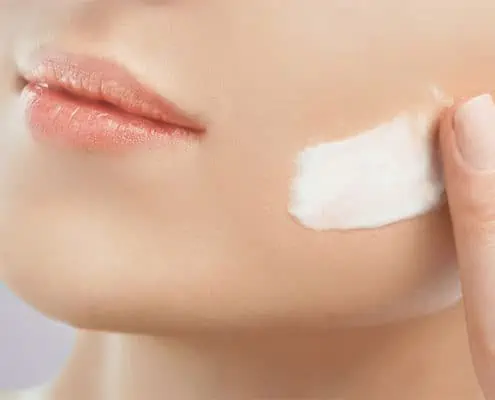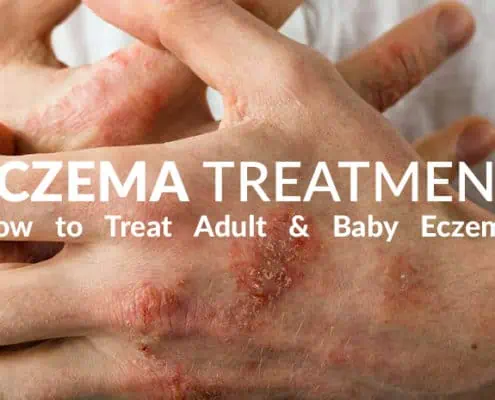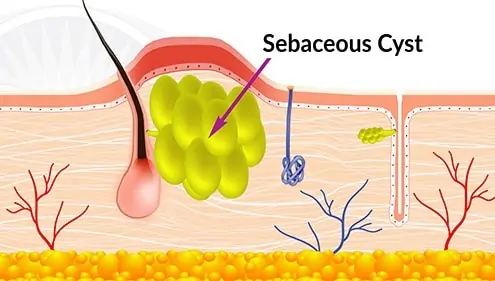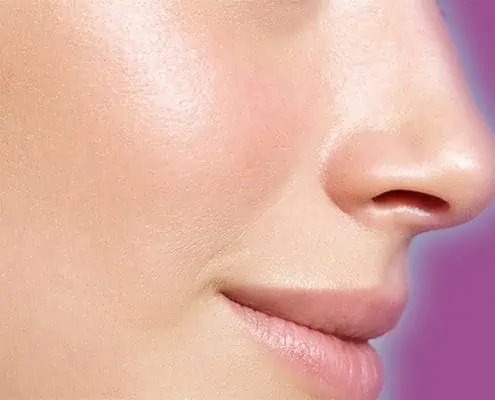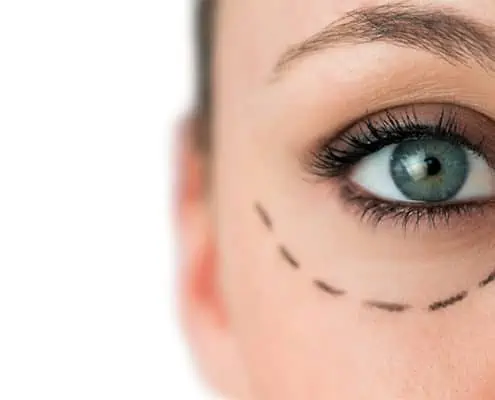Your doctor can diagnose stretch marks in a routine examination of your skin. The doctor may gain more knowledge of your stretch marks and what may have caused the stretch marks by asking about your family medical history, medications or any other medical conditions you have. If necessary, your doctor may request blood, urine or other tests to further diagnose the origin of the stretch marks.
